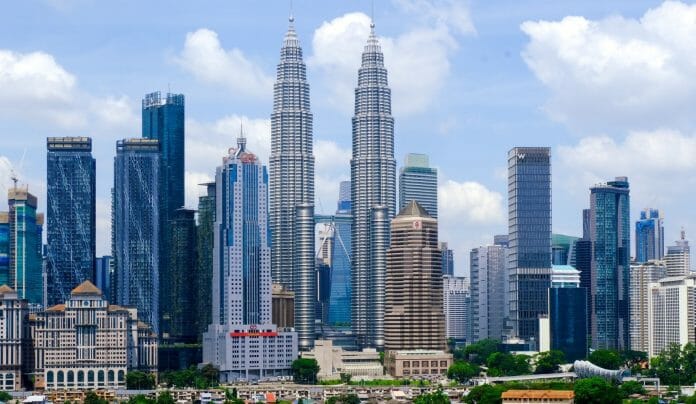Research house MIDF opines that Malaysia’s leading index was little changed in Oct-22, only +0.4%yoy higher than a year ago (Sep-22: +0.3%yoy). The increase was attributable to similar factors: new units of housing approved and increased real imports of other basic precious and non-ferrous metals. On a month-on-month basis, LI dropped further by -0.3%mom due to a reduction in real imports of other basic precious and non-ferrous metals and the number of new companies registered. Meanwhile, the current economic condition moderated as the coincident index (CI) rose slower at +6.5%yoy.
The rate of increase in CI was the slowest in 5 months, but still faster than +5.5%yoy in 1HCY22. From a month-to-month perspective, CI fell by -0.6%mom (Sep-22: +0.6%mom) mainly explained by slower industrial output and lower factory utilization. With the change in LI remained subdued compared to previous months, we anticipate Malaysia’s economy would experience slower growth momentum heading into 2023.
External trade performance was more robust, with exports performing better than expected in Nov-22. Total trade growth remained positive (higher than last year) albeit moderated further to +15.7%yoy in Nov-22 with a value of trade easing to RM238.2b on the back of sequential declines in both exports (-1%mom) and imports (-4.9%mom). Exports grew at +15.6%yoy (Oct-22: +14.9%yoy), growing at double-digit growth for the 16th consecutive month
IPI growth softened to +4.6%yoy in Oct-22 (Sep-22: +10.8%yoy), the slowest growth since May-22 but remained positive for 14th consecutive month. The softer IPI growth in Oct22 reflects a slower rise in production in the manufacturing and mining sectors, as well as reduced electricity generation.
Taking all this into consideration, MIDF forecasts Malaysia’s GDP growth to ease from +8% this year to +4.2% next year. It adds the growth in the first 3 quarters this year has been remarkable facilitated by the reopening of the economy and the better-than-expected post-pandemic recovery in domestic economic activities. Looking at the recent trend indicated by LI, MIDF priced in moderation in growth momentum from 4QCY22 onward and believes the diminishing low base effect will also result in a more normalised growth rate. Given the recent concerns, external demand could ease as final demand especially from advanced economies is expected to weaken as a result of the policy tightening carried out to contain inflationary pressures.
In addition, risks of elevated inflation, a possible recession, and heightened geopolitical tensions could also drag down the global economy and therefore further weaken the outlook for Malaysia’s external trade. On the other hand, it anticipates the sustained growth in domestic spending, on the back of growing labour demand, increased employment, and easing inflation, will be the key factor to support Malaysia’s growth next year.









